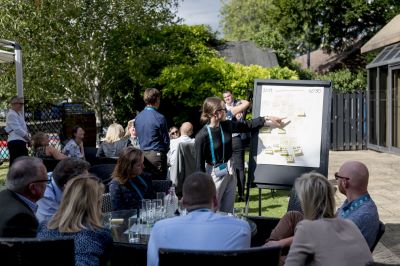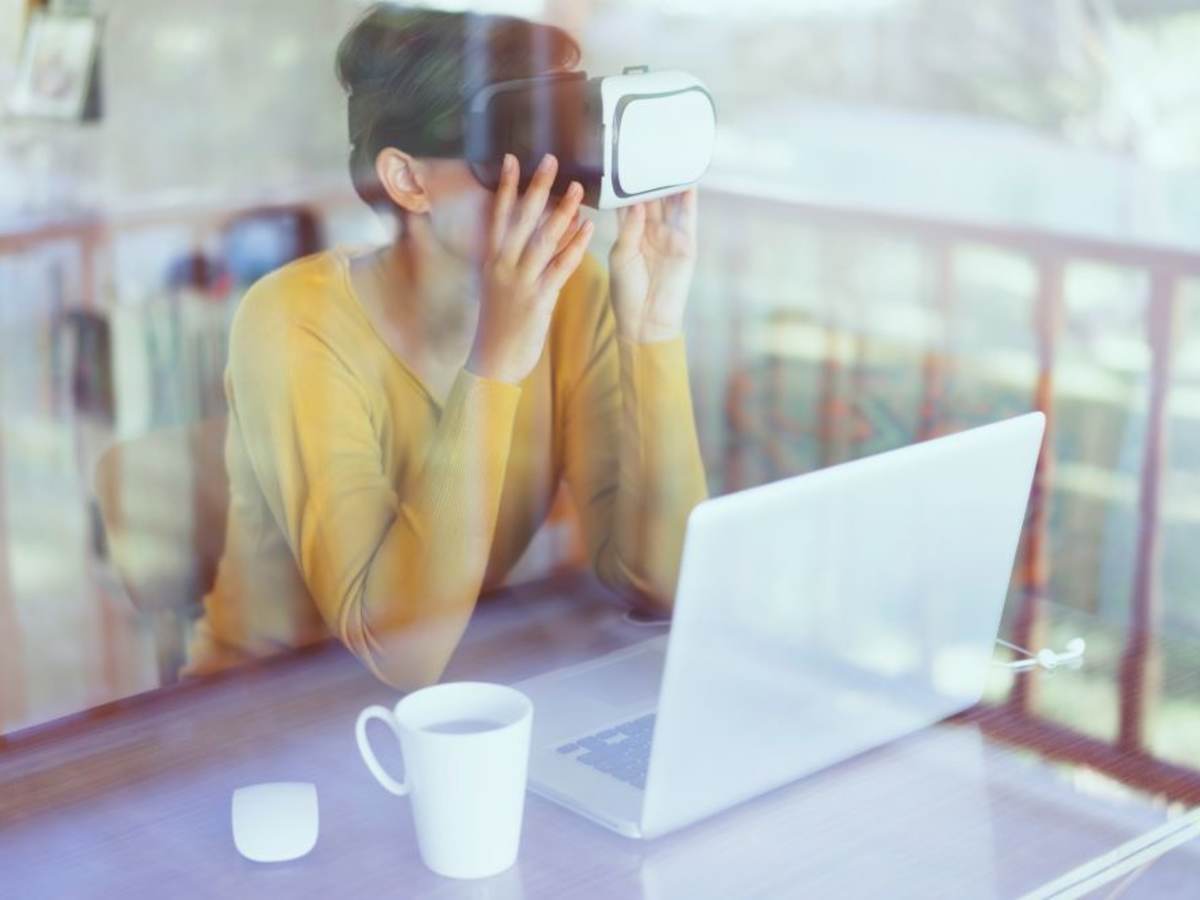February 21, 2020

Sustainability - UL
The last few years have marked a turning point in addressing global sustainability. The UN’s Sustainable Development Goals are shaping discussion around critical global issues, including inequality, economic opportunity, resource scarcity, and migration. Business is emerging as an important actor on these issues, and retailers in particular are in a position to help localize the SDG's by establishing and responding to requirements across a diverse set of stakeholders - product manufacturers, consumers, governmental entities, and communities. Constraints for action can be both internal and external, for instance, insufficient institutional and financial capacity, different cross-stakeholder expectations, variance in regulatory requirements across jurisdictions. Yet, the opportunities are real, and there are examples of success from which to learn.
The Better Retail Better World campaign, coordinated by the British Retail Consortium, has identified 5 SDGs for collaborative action – SDG 8, Decent work & economic growth; SDG 10, reducing inequalities, SDG 11, sustainable cities and communities; SDG 12, responsible consumption & production; and SDG 13, climate action – a good starting point for retail focus based on the unique strengths and attributes of the industry. Still, each retailer needs to start with what is material to their organizations to make the changes they feel they have most ability to impact positively. Fashion retailers engaging with the Better Cotton Initiative, for instance, can help support farmers in achieving more sustainability in their farming practice, secure fair wages, and in turn, help enhance the quality of lives of their families.
GATHER, ANALYZE, AND COMMUNICATE ALL OF YOUR SUSTAINABILITY DATA IN ONE PLACE WITH UL 360 SOFTWARE. |
Customers are increasingly asking retailers to demonstrate their sustainability and provide more environmentally preferable products and services, but new business models can help capture consumers’ attention in a noisy marketplace. Access- versus-ownership models, end-of-use projects, and internet-of-things, for example, provide retailers with additional opportunities to deepen relationships with their customers, retaining value of materials and enhancing the experience for consumers.
One challenge is in simplifying the complexity of the UN’s Sustainability Development Goals (SDGs) and concepts like the circular economy into easily understood messages so in Sept 2019 Retailers came together to join the UL Environment and Sustainability workshop, Cambridge where they went “Back to the Future”

During the workshop portion of the breakout, the team focused attention from the problems of today to the vision for the future. Participants were asked to contemplate the following scenario, after which the group split into two teams to brainstorm together and then tell a story about how they got to this future vision.
A few themes emerged across the discussions: need for cross-industry and cross-value chain collaboration, a supportive and enabling regulatory environment, coherent and consistent standards, and communications and education to help consumers and business do the right thing.

- Retailers find addressing GHG’s difficult as they represent a low cost or hidden cost component of their products
- Many products in store with complex supply chains makes change a daunting task
- Retailers are aware of their impacts and role in creating GHG emissions but have limited control over creating solutions, the span of which includes:
- Promoting the use of low emissions technology in stores and operations
- Lobby government for incentives to change – not extra cost in business!
- Encouraging suppliers to provide locally sourced goods
- Encouraging suppliers to reduce emissions themselves
- Promote packaging re-design
- Highlighting sustainability stories in store and through social media
- Embrace consumer activism on climate change
- Support needed for the retail sector:
- Grid needs decarbonizing to support in store/operational GHG footprint reduction
- Support for supplier and product transformation

- Retailers remain unsure about how to define circularity in their businesses
- Education needed to build trust across the business and supply chain
- Teach consumers to take back products for recycling and encourage a repair culture
- Demand durability standards from manufacturers and longer product guarantees
- Demand that manufacturers design for circularity approach
- Policy environment is key – EU enabling legislation includes:
- Single material law – no more welding/gluing of clothes
- Single country commitment – from material to finished garment – reduce travel time for products
- Return a garment/buy a garment policy
- Zero Waste to Landfill policy
- Uniform waste management policy across the EU/within states
- Brands collaborate:
- On takeback programs – take each other’s products and have supply chain partners that can recycle or re-use goods
- On bio-based content – is food a byproduct of clothing and vice versa?
- Coordinate and SLOW new style release; end fast fashion – promote slow fashion
It is the year 2030
The UN SDG Goals have been met.
What barriers did the retail community help overcome or enablers did it help amplify that contributed to achieving this? What short- and mid-term goals helped achieve this future vision. It may be helpful to categorize your thoughts in one or more of the following ways:
- Technological (e.g., digitization)
- Cultural
- Social
- Institutional / governance (national, regional, global)
- In my organization / outside my organization
Team 1 - Carbon and climate change vision:
It is 2030; the retail community has reduced its GHG emissions to 1990 levels. (SDG 13)
Team 2 - Waste vision:
It is 2030; the retail community has achieved full circularity e.g., recycled content, designed for recyclability, bio-based content, designed for compostability of packaging related to own-branded products. (SDG 11 & 12)
Start your sustainability journey
If you are not sure where to start, look to resources like the British Retail Consortium and focus on product categories associate with your biggest spend
Deepen customer relationships
Consumers, particularly younger generations, increasingly expect retailers to be more responsible and provide sustainable goods and services, yet willingness to pay varies with the product category and demographic
Retailers have an opportunity to deepen their relationships with consumers by retaining links to the product throughout its lifespan through new digital tools and new business models (see below)
Explore new business models
- The SDGs and related concepts like the circular economy highlight opportunities for new business models, like reselling and trade-in models, facilitated donation programs, and integrated recycling infrastructure
- Finding ways to make it easier for the customer to understand and then do the right thing can generate brand value
Collaborate across value chains
- Engaging suppliers to achieve change is a critical success factor to achieving SDGs, but understanding your supply chain first is essential
- Retailers cannot do this alone. Legislators and regulators have a role in incentivizing the right behaviors and leveling the playing field so that companies trying to do the right thing are not priced out of the market for doing so
- Coordinating policies across jurisdictions – for instance, establishing a consistent recycling policy across the UK – and investing in infrastructure to support the kind of recycling needed is an opportunity for cross-industry, cross-economy collaboration
GO BACK TO THE FUTURE…
Sustainability Metrics You Can Measure
Harness the power of automated data collection in your sustainability program and leave manual reporting behind. 360 Sustainability provides easy-to-use tools to automate time-consuming tasks and create accurate reports and dashboards to evaluate overall performance, manage risk, drive cost reduction, and identify new sustainability initiatives.

